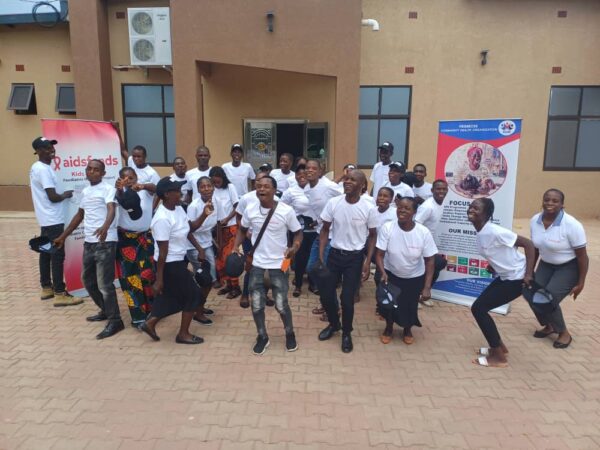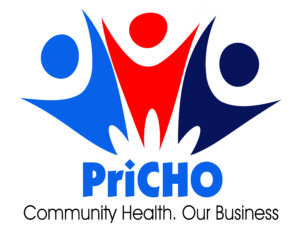Background
In Zambia, children and adolescents (<15 years) account for 51.2% of the total population. An estimated 80,000 children 0-14 years are living with HIV. 60% of these children are on life-saving HIV treatment (MOH 2021) and 83% of pregnant women receive treatment to avert vertical transmission (UNAIDS 2022).
The key challenge lies in the low number of children who are accessing life-saving HIV treatment in hardly-reached rural sub-counties. The negative patriarchal cultural beliefs that women must seek permission from men to access health services, impedes the identification of children for HIV care. Other barriers include poverty, long distance to health facilities, impassable roads especially in the rainy season and consent issues for testing of children below 14 years. There is also a challenge of parents who shun health services such as growth monitoring promotion and family planning. This makes it difficult to track their children for testing.
Furthermore, in Zambia activities associated with sex work are criminalised. Living on the earnings of sex work, soliciting clients, and indecent behaviour are deemed as illegal activities. This affects the children of sex workers accessing paediatric HIV services including retention in care.
Objectives
- Strengthen and sustain community systems to enhance early identification, testing and treatment of 1,200 children who are not yet aware of their HIV status aged 0-14 years; pregnant and lactating women before, during and post-delivery and link them into care to close the gaps in the prevention of vertical transmission and paediatric HIV response.
- Strengthen and sustain clinic-community collaborations between multidisciplinary paediatric and children HIV Treatment Teams, community-based organisations and communities to enhance the finding, diagnosis, linking into care and retention of children 0-14 years into paediatric HIV treatment, care and support within the target communities.
- Document best practices and lessons from findings shared on working community-based approaches for sustainable case finding, testing and treatment of infants and children.
Expected results
Year 1: 50 children 0-2 years old, 30 children 3-5 years old, 120 children 6-9 years old, 150 children 10-14 years old, 250 pregnant and lactating mothers
Year 2: 100 children 0-2 years old, 50 children 3-5 years old, 130 children 6-9 years old, 140 children 10-14 years old, 180 pregnant and lactating mothers
About the Kids to Care model
The Aidsfonds Kids to Care model empowers communities to strengthen the links between communities and health facilities to find, test, treat and retain children, and pregnant and lactating mothers, living with HIV in care. The Kids to Care model is built on the following foundation principles:
Community-owned and community-led
Builds on existing community structures
Child and family centred
Builds on government frameworks and policies
Key stakeholders are meaningfully involved from the beginning
Interventions are informed by data
Committed to sustainability and long-term support
More about the Kids to Care model can be found here




